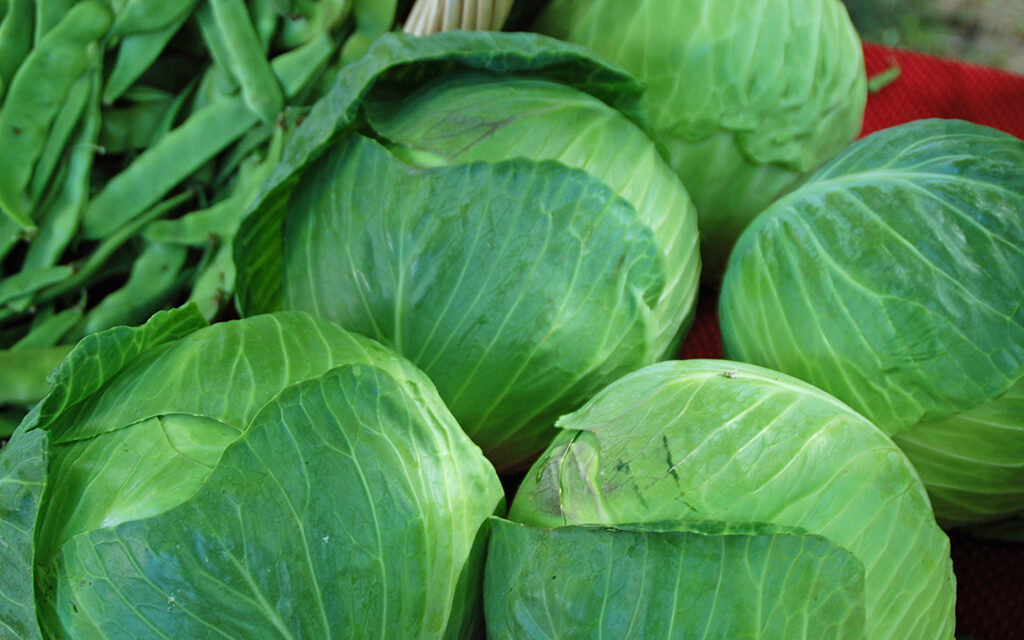by Melinda Myers
Start your New Year with a bit of luck and nutritious eating. Try a few of these food-related traditions and then plan on growing a few of your own to enjoy.
Eating grapes on New Year’s Eve is a Mexican food tradition. One grape is eaten with each stroke of midnight and is believed to lead to prosperity in the year ahead. Grapes are low in saturated fats and relatively high in vitamins C and K.
If space allows, grow your own grapes in a sunny location on decorative arbors and trellises. Use these as a decorative and edible entryway to the garden, as screening, or to provide shade. Plan for the squirrels and birds that may join you during harvest season.
In the southern United States, black-eyed peas have long been part of the New Year’s celebration. Many people believe the swelling of the peas as they cook represents prosperity, while others think their shape resembles coins.
Southern peas are warm-weather plants and should not be planted until the soil is warm and toasty, preferably above 65 degrees. Multiple plantings can be made at three-week intervals to have fresh peas all summer and fall. Space the seeds about two inches apart down the row. The rows should be three to four feet apart.
Southern peas are one vegetable that doesn’t require pampering. They thrive in summer heat and stand up to the dry weather without a complaint. Most selections require 50-55 days from planting until harvest in the green pea stage. If dried peas are desired, 65-75 days are needed.
Elevate the fun of future New Year’s celebrations by growing your own. Plant black-eyed peas in a sunny spot in your garden. Wait for the soil to warm to begin planting the seeds. Make several plantings to have fresh peas all summer long. Most varieties are ready to harvest fresh in 50 to 55 days. Allow some of them to mature on the plant. These are usually ready to harvest in 65 to 75 days. Pull and hang the plants in a warm location to dry. Then shell and store the black-eyed peas for your winter and New Year’s meal.
Increase your good luck and prosperity by including a cabbage dish. This German, Irish, and U.S. tradition is tied to the fact that cabbage leaves resemble money, promoting personal wealth.
You can start your own cabbage plants from seeds or purchase transplants from your favorite garden center. Plant cabbage in the garden in spring for an early summer harvest or plant in mid-summer for a fall harvest. Preserve your cabbage by quartering, blanching, and freezing some for use in your favorite cabbage dishes and New Year’s celebration.
Growing your own fruits and vegetables elevates the fun of these New Year’s celebrations. It also encourages all of us to eat healthier, a common resolution for many.
Melinda Myers has written more than 20 gardening books, including the recently released Midwest Gardener’s Handbook, 2nd Edition and Small Space Gardening. She hosts The Great Courses “How to Grow Anything” instant video and DVD series and the nationally syndicated Melinda’s Garden Moment TV & radio program. Myers is a columnist and contributing editor for Birds & Blooms magazine and her website is www.MelindaMyers.com.





